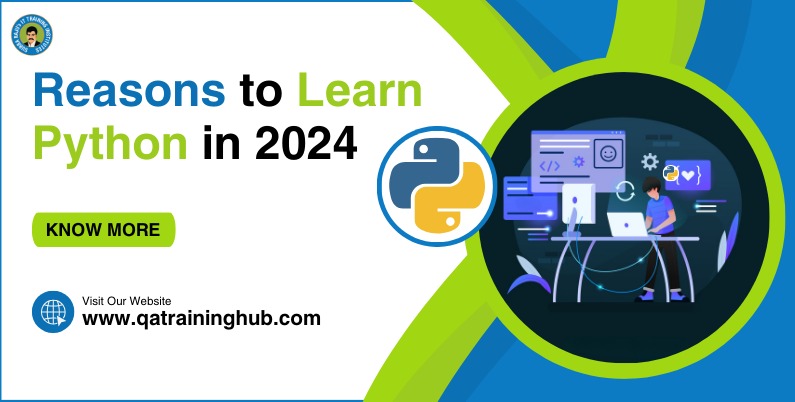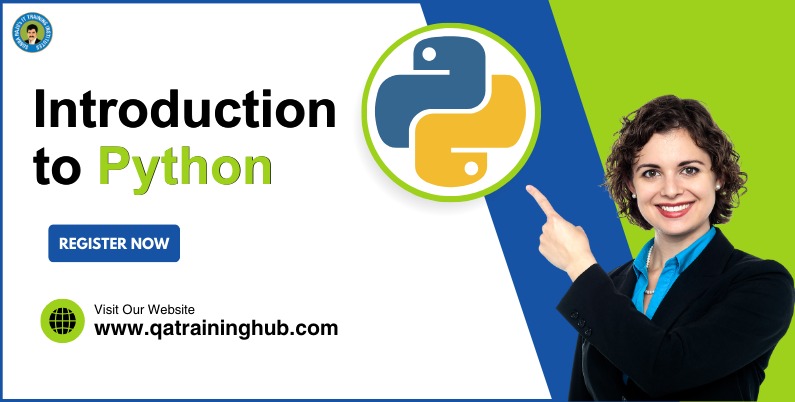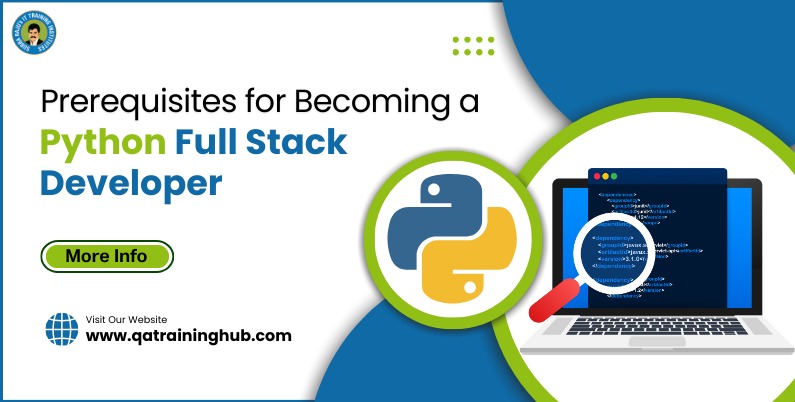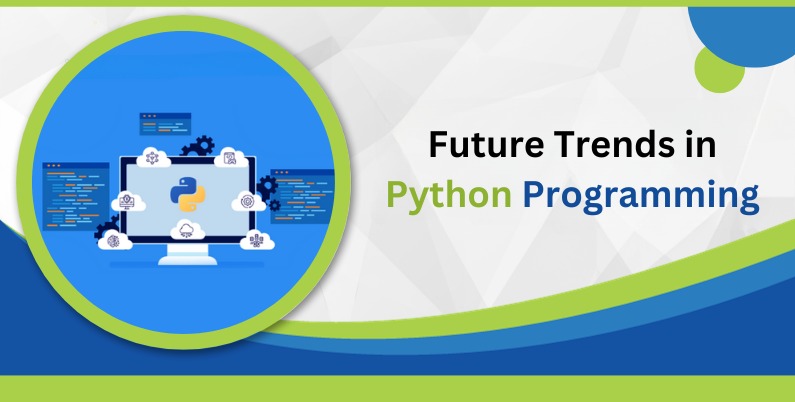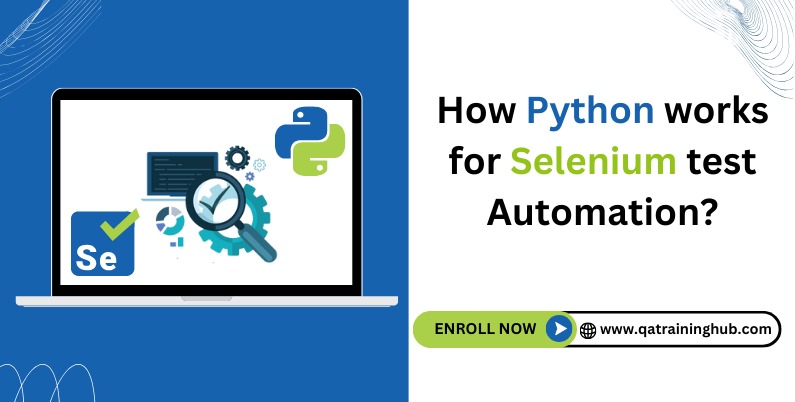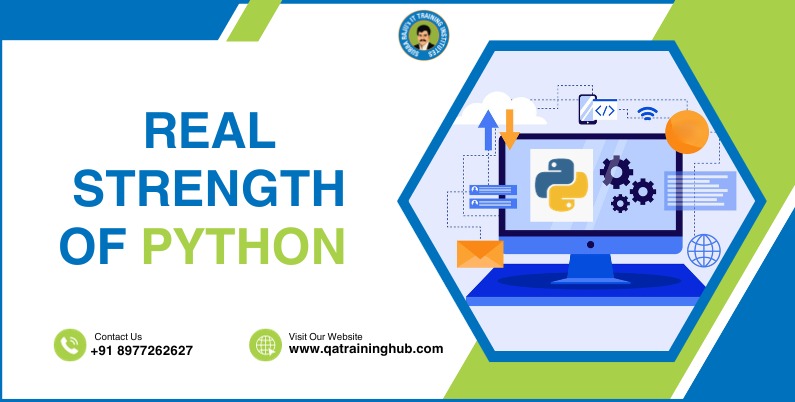
What is Python?
Python is a popular programming language created by Guido van Rossum, and released in the year 1991.
Python is more powerful language which offer great tools for data crunching and preparation, as well as for complex scientific data analysis and modelling.
Python today has multiple implementations including Jython, scripted in Java language for Java Virtual Machine.
Iron Python is the new variety which is written in C# for the Common Language Infrastructure, and PyPy version written in RPython and translated into C.
Most of the Python modules work on community development model and are open-source and free.
In addition, with this it is also used for the Server-side web application development, Application software development, The mathematics and Analytics, and System scripting.
Applications of Python:
As we have already discussed earlier that the Python is mainly used for developing the
– Server-side web application development,
– Application software development based on frameworks,
– The mathematics and Analytics, and System scripting.
– Big Data Analysis and Computation.
– It is also used in AI application interfacing like Cognitive Computing and NLP.
– GUI based desktop applications
– Image processing and graphic design applications
– Scientific and computational applications
– Games Development
Advantages/Benefits of Python:
The python language is having many applications due to because of its extensive features and compatibility with other platforms. It is used for mainly the following applications listed as below.
1. It can be used on a server to create web applications.
2. It can be used alongside software to create workflows.
3. It can connect to database systems. It can also read and modify files.
4. It can be used to handle big data and perform complex mathematics.
5. It can be used for rapid prototyping, or for production-ready software development.
6. It works on different platforms (Windows, Mac, Linux, Raspberry Pi, etc).
7. It has syntax that allows developers to write programs with fewer lines than some other programming languages.
8. It runs on an interpreter system, meaning that code can be executed as soon as it is written. This means that prototyping can be very quick.
9. It can be treated in a procedural way, an object-oriented way, or a functional way depending on the requirement of the developer.
Presence of Third-Party Modules:
A Third-party module is defined as any code that has been written by a third party (neither you nor the python writers (PSF)). You can use them to add functionality to your code without having to write it yourself.
Examples include things like requests that simplifies http requests and nose that helps with unit/integration testing.
Modules are basically files which contain definitions that provide helpful functionality. Theoretically, all of you could write any program you wanted to write on your own, without any modules or outside help.
But why reinvent the wheel if you don’t have to? This is the general gist behind modules.
You all have experience using modules such as tkinter and csv. These modules are part of a library of standard modules that came packaged with your install which the developers have deemed useful or necessary for your daily python usage.
This is where Third-party modules come in. When you come across a problem that the standard modules can’t solve, there’s a good chance somebody else had the same problem before you and created his own module to solve it
Extensive Support Libraries
Python provides a large standard library which are used for various applications. It mainly includes areas like
Internet protocols,
String operations,
Web services tools and
Operating system interfaces.
Many high use programming tasks have already been scripted into the standard library which reduces length of code to be written significantly.
Open Source and Community Development:
As the Python is already a proven language in the data science industry and it is widely accepted by most of the industry, so it is now taken the lead as the toolkit for scientific data analysis and modelling. Python language is developed under an OSI-approved open-source license, which makes it free to use and distribute, including for commercial purposes. Further, its development is driven by the community which collaborates for its code through hosting conferences and mailing lists and provides for its numerous modules.
Learning Ease and Support Available:
Python offers excellent readability and uncluttered simple-to-learn syntax which helps beginners to utilize this programming language.
The code style guidelines, PEP 8, provide a set of rules to facilitate the formatting of code.
Additionally, the wide base of users and active developers has resulted in a rich internet resource bank to encourage development and the continued adoption of the language.
Python is vastly powerful for solving complex and difficult data analytical problems in virtually any domain.
Python is platform independent, and so it can integrate with most existing IT environments.
User-friendly Data Structures:
Python has built-in list and dictionary data structures which can be used to construct fast runtime data structures.
Python also provides the option of dynamic high-level data typing which reduces the length of support code that is needed.
Productivity and Speed:
Python has clean object-oriented design, which provides enhanced process control capabilities, and possesses strong integration and text processing capabilities and its own unit testing framework, all of which contribute to the increase in its speed and productivity.
In other words, we say that Python is more popular language. It is having the simple syntax and gradual learning curve has been one of the most popular reasons as to why it’s used in Big Data.
Using Python, we can be able to build a framework that makes it easy for us to grab data from all of these disparate data sources and model them.
So instead of everyone spending their time writing database connector code, they are able to use a simple configuration and quickly get off the ground”
It allows organizations to move code from development to production more quickly since the same code made as a prototype can be moved into production.
Python is considered a viable option for building complex multi-protocol network applications.
Scope @ QATrainingHub:
At QATrainingHub you will get a good Experienced faculty Subba Raju sir, who will guide you, mentor you and nurture you to achieve your dream goal. Excellent Python online training in Hyderabad.
Here you will get a good hand on practice in terms of practical industry-oriented environment which will definitely help you a lot to shape your future.
During the designing process of application, we will let you know about the other aspect of the application too.
Our Expert trainer Subba Raju Sir will let you know about every in’s and out’s about the problem scenario.
Achieving your dream goal is our motto. Our excellent team is working restlessly for our students to click their target. So, believe on us and our advice, and we assured you about your sure success.

